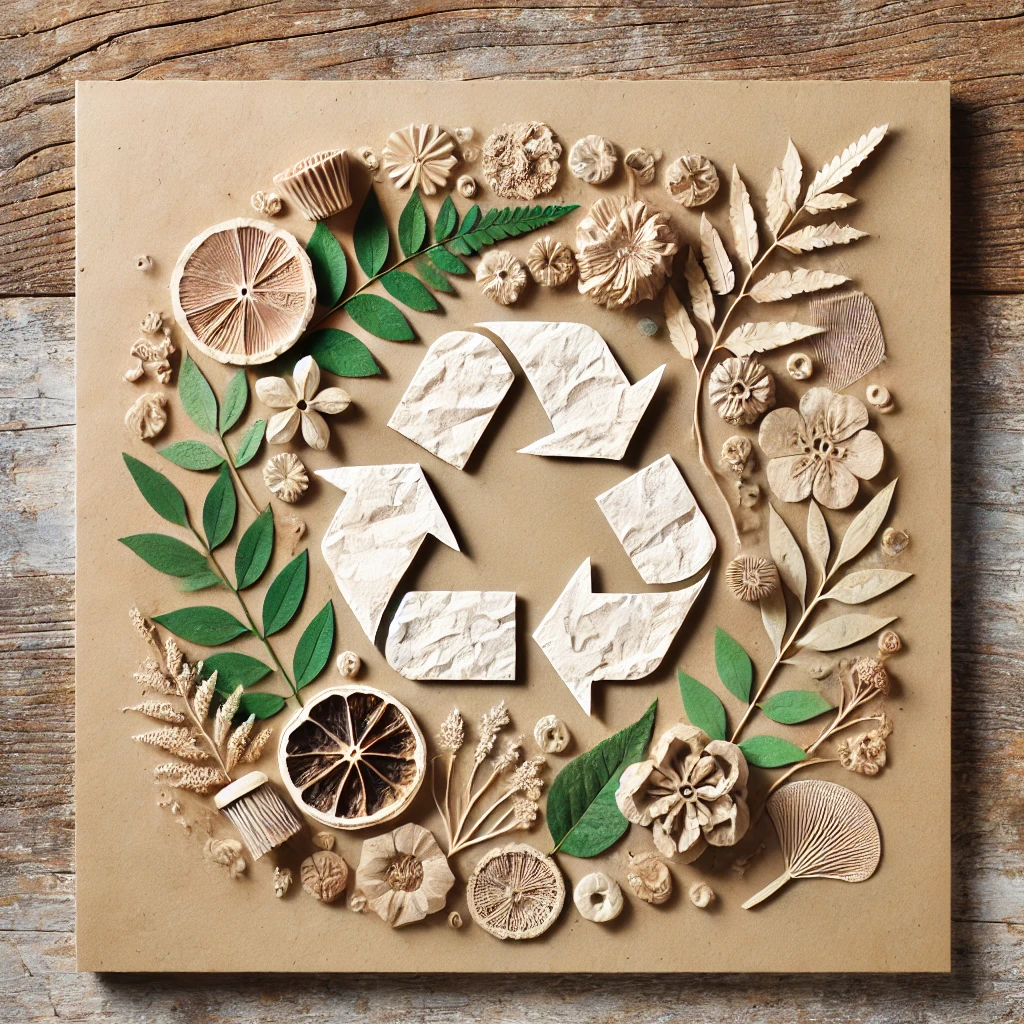Mass production dominates the market, leading to increased pollution, waste, and resource depletion. However, supporting handmade art offers a sustainable alternative that benefits both the environment and artisans. Handmade art is crafted with care, using eco-friendly materials and traditional techniques that minimize environmental damage. By choosing handmade over machine-made products, you contribute to a greener planet while preserving artistic heritage. Let’s explore how supporting handmade art reduces environmental impact and promotes sustainability.

1. Handmade Art Reduces Industrial Pollution
Mass production involves large factories that emit harmful pollutants into the air and water. These factories release toxic chemicals, carbon emissions, and industrial waste, significantly harming the environment. In contrast, handmade art is created in small workshops or homes, where artisans use minimal machinery and produce little to no pollution.
Additionally, factory-made products require synthetic dyes, plastics, and chemical coatings, which contribute to water and air pollution. On the other hand, many handmade artists use natural dyes, organic fabrics, and biodegradable materials, making their work environmentally friendly.

2. Handmade Art Lowers Carbon Footprint
Factory-made goods involve multiple energy-intensive processes, including raw material extraction, transportation, production, and packaging. This entire supply chain results in a high carbon footprint. In contrast, handmade art requires less energy and fewer resources.
For instance, a handcrafted wooden sculpture made by a local artisan uses sustainable materials and simple hand tools, whereas a machine-made sculpture in a factory undergoes cutting, molding, and chemical treatments, leading to excessive energy consumption. By choosing handmade art, you help reduce greenhouse gas emissions and global warming.

3. Minimizes Waste and Overproduction
Fast-production industries mass-produce goods, often leading to overproduction and unsold inventory. Many unsold items are discarded, contributing to landfill waste. Moreover, machine-made products have a short lifespan due to low-quality materials and rapid production techniques, leading to frequent replacements and more waste.
Handmade Art, however, follows a different approach. Artisans create each piece with precision, ensuring quality and longevity. Since handmade products are crafted on demand or in limited quantities, they minimize waste and avoid excess production. This sustainable approach helps reduce landfill accumulation and conserves resources.

4. Handmade Art Encourages Sustainable Materials
Many handmade artists prioritize sustainability by using eco-friendly, biodegradable, and recycled materials. Unlike mass-produced items that rely on synthetic and non-renewable resources, handmade art often incorporates:
- Natural fabrics (cotton, silk, wool, jute)
- Reclaimed wood for sculptures and furniture
- Plant-based dyes instead of chemical-based colors
- Recycled paper and fabric scraps for paintings and crafts
- Upcycled metal and glass for jewelry and decor
These materials are not only environmentally friendly but also add unique character to each artwork. Supporting Handmade Artists means encouraging the use of sustainable and ethical resources.

5. Preserves Traditional and Eco-Friendly Techniques
Handmade Art is deeply connected to traditional craftsmanship and ancient techniques. Many of these methods are sustainable, using minimal energy and relying on natural elements. For example:
- Block printing in textile art uses hand-carved wooden blocks instead of machines.
- Pottery making uses clay and water rather than synthetic materials.
- Handloom weaving avoids industrial looms that consume high electricity.
- Bamboo crafts replace plastic products, reducing plastic pollution.
By supporting Handmade Art, you help preserve these sustainable techniques that have been passed down for generations while reducing reliance on resource-heavy industrial processes.

6. Supports Ethical and Fair Trade Practices
Large corporations often exploit workers by providing low wages and poor working conditions in factories. Many mass-produced goods come from sweatshops where workers toil for long hours with little pay. Additionally, industrial production often involves child labor and unethical practices.
Handmade art, however, supports fair trade principles. Artisans are fairly compensated for their craftsmanship, ensuring financial stability and better working conditions. When you buy handmade, you empower local artists, small businesses, and artisan communities, fostering ethical consumerism and sustainable trade.

7. Encourages Conscious Consumerism
Today’s consumer culture encourages fast fashion and mass-produced home decor, leading to excessive consumption and waste. People often buy low-cost, machine-made items without considering their environmental impact.
Supporting handmade art promotes conscious consumerism, where people make mindful purchasing decisions. Handmade products are carefully crafted, unique, and meaningful, encouraging buyers to value quality over quantity. This shift in mindset helps reduce unnecessary waste and promotes sustainability.

8. Reduces Plastic Waste
Many factory-made decorative items and accessories are made from plastic, which contributes to pollution and takes hundreds of years to decompose. Handmade Art, however, often incorporates natural materials like clay, bamboo, wood, and metal, significantly reducing plastic waste.
For example:
- Handwoven baskets replace plastic storage containers.
- Clay pottery serves as an alternative to plastic home decor.
- Upcycled fabric bags reduce plastic bag usage.
- Wooden toys replace plastic toys that often break easily.
By choosing handmade, you actively reduce plastic consumption and contribute to a cleaner environment.

9. Promotes Cultural and Artistic Heritage
Handmade art not only benefits the environment but also preserves cultural heritage. Many Traditional Indian Art Forms, such as Madhubani, Warli, Pattachitra, and Kalamkari, are handmade using eco-friendly methods. Unfortunately, these art forms are at risk due to the rise of machine-made imitations.
Supporting handmade art helps keep these traditions alive and ensures that artisans continue practicing their craft in sustainable ways. This cultural preservation also fosters appreciation for indigenous and folk art forms, strengthening their place in modern society.

10. Strengthens Local Economies and Communities
When you purchase handmade art, you directly support local economies. Unlike mass-produced items where profits go to large corporations, handmade purchases benefit small-scale artisans and craftsmen. This financial support enables artisans to sustain their craft, invest in sustainable materials, and pass down their skills to future generations.
Additionally, artisan communities often function on a sustainable model, relying on local resources and environmentally friendly practices. By supporting them, you help build strong, self-sufficient communities that prioritize eco-conscious living

Conclusion: Choose Handmade Art for a Sustainable Future
Supporting Handmade Art is not just about owning unique and beautiful pieces—it’s a step towards a greener, more sustainable world. Handmade Art reduces industrial pollution, lowers carbon footprints, minimizes waste, and promotes ethical and eco-friendly practices.
By choosing these Arts over machine-made decor, you contribute to environmental conservation, support local artisans, and preserve cultural traditions. Every purchase makes a difference in reducing environmental impact and promoting sustainability.
At Kalaspot.com, we bring you authentic handmade art created by talented artisans. Explore our collection today and be a part of the movement to protect the planet while celebrating craftsmanship. Together, let’s make a positive impact—one handmade artwork at a time!






